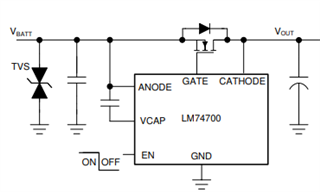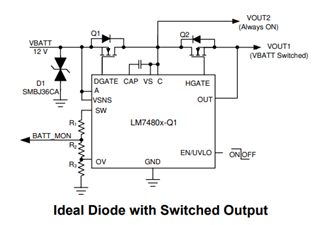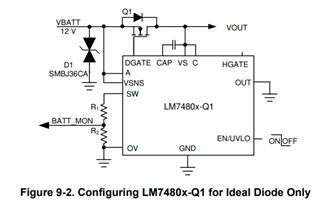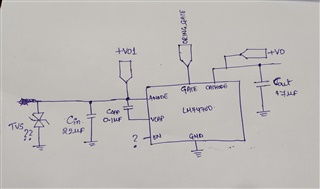Other Parts Discussed in Thread: LM7480, , TPS2411, UCD3138, LM74700-Q1
Hello,
I wanted to replace TPS2411 (support max 16.5V) used as oring controller in UCD3138PSFBEVM shown in the below attached screenshot. I have higher voltage application (requirement of 48V) so wanted to use LM7480 ( support max 65V). I Have gone through the datasheet of LM7480-Q1 which looks quite different as compared to TPS2411, So, needed your guidance in replacing the old controller with the new one without creating much difference in the pre existing schematic.
Thanks and Regards.







